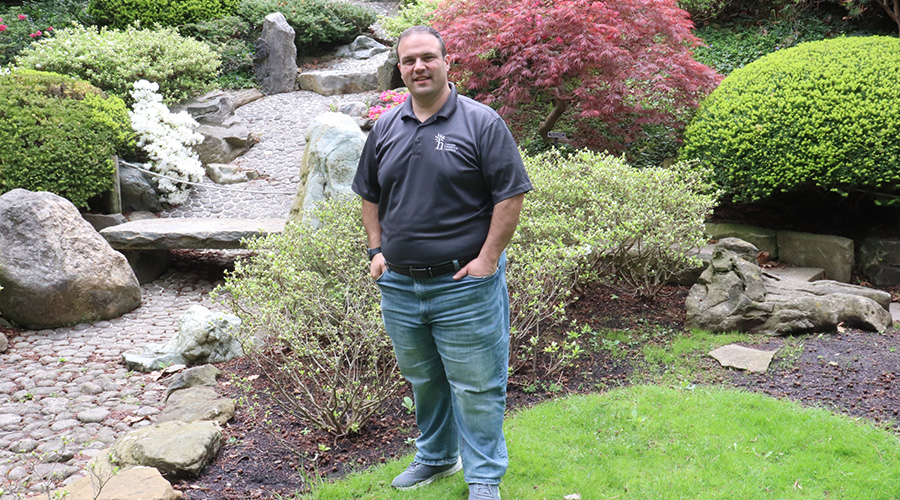Vancouver Facility Boosts Water Efficiency with Onsite Wastewater Treatment, Re-use
One facility where onsite wastewater treatment and re-use is working really well as part of water efficiency strategies is the Vancouver Convention Centre.
The center has a packaged plant using membrane technology, rated up to 100 cubic meters a day. The plant processes waste from the facility’s restrooms and kitchens, and generally achieves 70,000 liters of production a day, says Bruce Caister, the center’s wastewater treatment plant operator. The treated water is fed back into the facility’s toilets and urinals, and also is used to irrigate the center’s 6-acre vegetative roof.
The plant was installed when the center’s West building was built, in late 2010. Vancouver has aggressive municipal sustainability goals, and the center’s water efficiency strategies play into them. The Vancouver waterfront, where the center is situated, also has a very old sewer system and is near capacity in many areas, says Vassos, who was involved with the convention center’s West building project. “Without their water efficiency strategies, you wouldn’t be able to add another module to the convention center, so you’d lose all that economic leveraging,” Vassos says. “But if the building has its own internal capacity, then it becomes something you can realize from an economic development perspective.”
There were some “teething issues” as the plant was coming online, Caister says. For one, the system depends on biological activity to remove nutrients from the water before it is filtered, disinfected, and distributed, and its biological population requires an appropriate level of oxygen in the water and enough nutrients to sustain it. In the beginning, Caister had to use dry dog food on occasion to keep the “bugs” alive so the population would be able to handle the influx created during conventions. Now that the facility is fully occupied retail-wise, this is no longer an issue.
Vassos mentions another situation that arose. Early on, one of the restaurants was bypassing the grease traps and dumping grease directly into the drain, which is very detrimental to the membrane technology. However, because the sewage was being treated on site, the team was able to quickly identify the source of the grease and implement grease trap improvements across the facility to avoid the problem in the future. In a typical scenario, the grease would have traveled downstream to a municipal plant, creating problems for the community that would have been virtually untraceable to their source.
Caister says the membrane technology is very reliable and the system has been performing as designed for close to four years now, requiring only periodic maintenance.
Water in the Larger System
Consideration of the larger impact of a facility’s water use on a municipal system in terms of stormwater management, sewer improvements, and the like is what is on the horizon for facility managers, says Tanner.
Where facility managers have oversight of a large facility within a community, Tanner suggests they talk with the local water utility and jurisdiction to see what incentives might be available to facilitate water efficiency improvements. Also, if a facility can shift when it draws down large quantities of water, this can positively affect how the local utility manages its water supply and its energy use, which can make a big difference in their region, Tanner says.
“Those are the things that are going to be coming to water efficiency and we’re going to have to be looking at a bigger picture — not just what we’re using at our fixtures, but how the building interacts with the bigger environment,” says Tanner. “I think that’s what people are starting to look at now: What is my building’s impact on my city?”
Related Topics:














